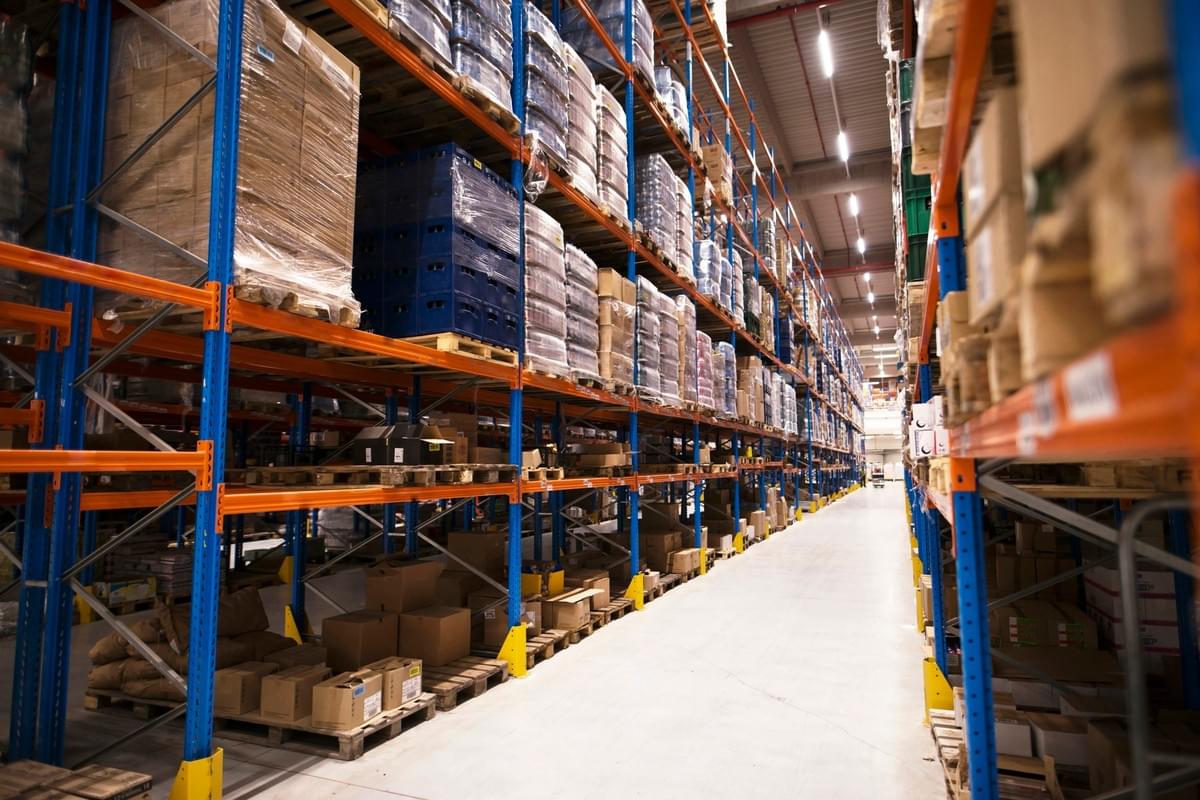In today’s market, sustainable practices are no longer optional, they’re necessary. Every year, over 100 billion metric tons of material is consumed globally, yet a mere 8.5% is recycled back into the economy (Circle Economy, 2022). Singapore faces similar challenges, with solid waste disposal increasing seven-fold over the past 40 years. Recognizing this, the Singapore Green Plan 2030 has set ambitious targets, including cutting waste sent to the Semakau Landfill by 20% by 2026 (National Environment Agency, 2021).
Image source: https://www.adecco.com.sg/news/4-ways-to-prepare-your-supply-chain-for-a-crisis/
One key approach is circular logistics, which focuses on reducing waste disposal through resource efficiency and proper waste management within supply chain operations. By optimizing material use, minimizing waste generation, and integrating recycling processes, circular logistics presents a promising solution to Singapore’s waste management challenges.
What is a Circular Economy?
A Circular economy is an economic model designed to minimize waste and get the most value out of resources. Unlike a linear economy (take-make-waste), a circular economy created a closed loop system where input and output are continuously recycled within the system with zero to minimal waste (Ministry of Trade and Industry Singapore, 2020)
Image source: https://www.shippingsolutions.com/blog/circular-supply-chains
In the logistics sector, a circular economy redefines how materials flow through supply chains. Warehouses play a crucial role in managing waste, packaging, and returns. By implementing circular logistics strategies—such as optimizing packaging, reusing materials, and partnering with recyclers—companies can significantly reduce disposal costs and increase the value of their waste streams. Research indicates that adopting circular logistics can improve recycling rates by up to 40% in warehouse operations (United Nations Environment Programme, 2011). This shift not only enhances sustainability but also improves supply chain resilience and cost efficiency.
Rethinking Waste as a Resource
Singapore faces unique waste management issues with its limited land availability and rising urban demand. As per the traditional linear resource consumption model, products are used and subsequently discarded. Circular logistics principles challenge this paradigm by transforming waste into useful resources. For logistics companies, this means adopting practices such as baselining waste generation through waste audits, discovering gaps in segregation practices, and partnering with the right recyclers.
A key benefit of this approach is cost reduction. By lowering waste collection and disposal fees and even possibly generating revenue from the sale of clean stream recyclables, companies can see tangible financial returns. Moreover, efficient waste management directly contributes to better resource optimization within warehouse operations, reducing overall operational expenses—a win-win for both the bottom line and the environment.

Credits: KL Enviro
Why It Matters
The transition towards circular logistics is more than a trend - it’s a strategic move that aligns with global shifts towards sustainable development. For logistics firms operating in Singapore, the benefits extend beyond environmental stewardship. Enhanced resource efficiency, potential cost savings, and improved public perception are powerful incentives to adopt circular logistics practices.
In conclusion, embracing circular logistics is not merely about compliance with environmental standards—it’s an opportunity to innovate and differentiate in a competitive market. By integrating circular principles, companies can streamline operations, reduce waste, and build stronger relationships with eco-conscious partners and consumers.
Reference sources:


